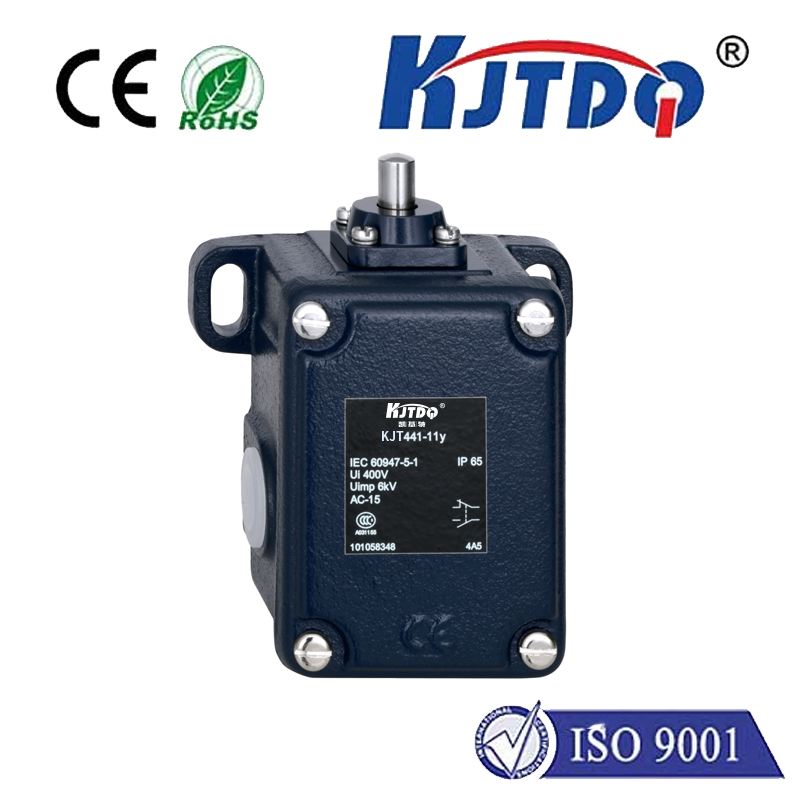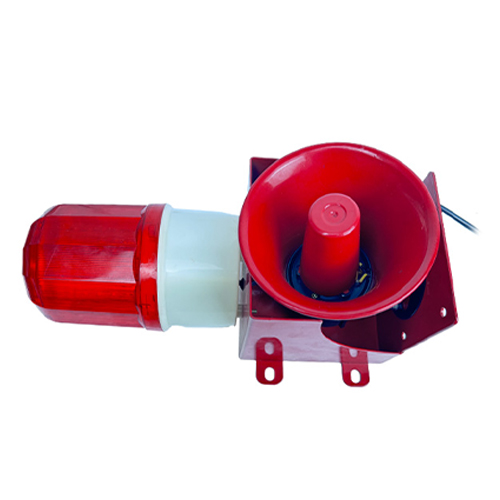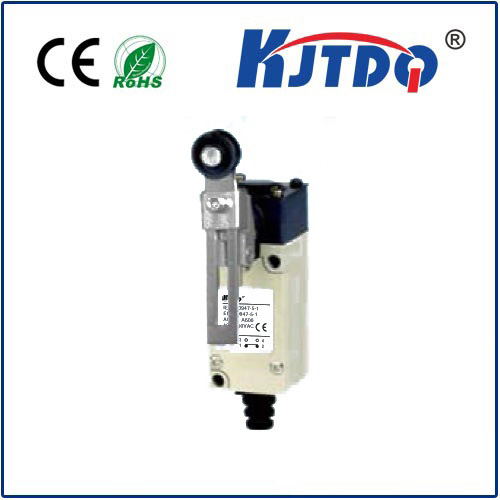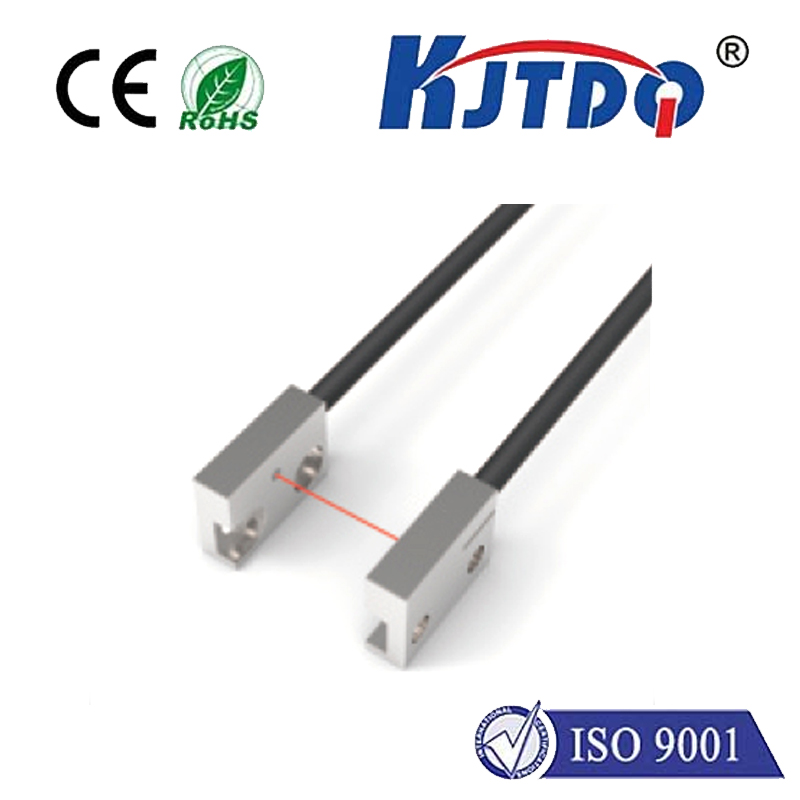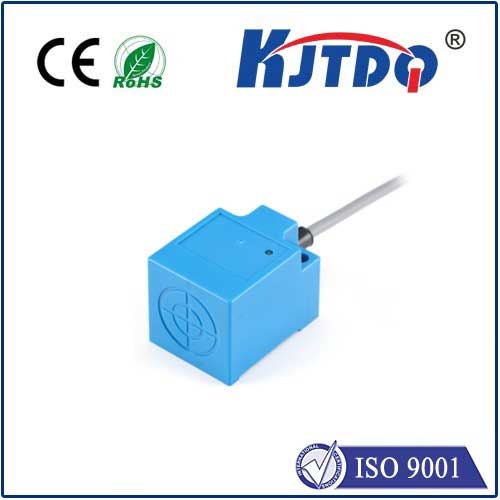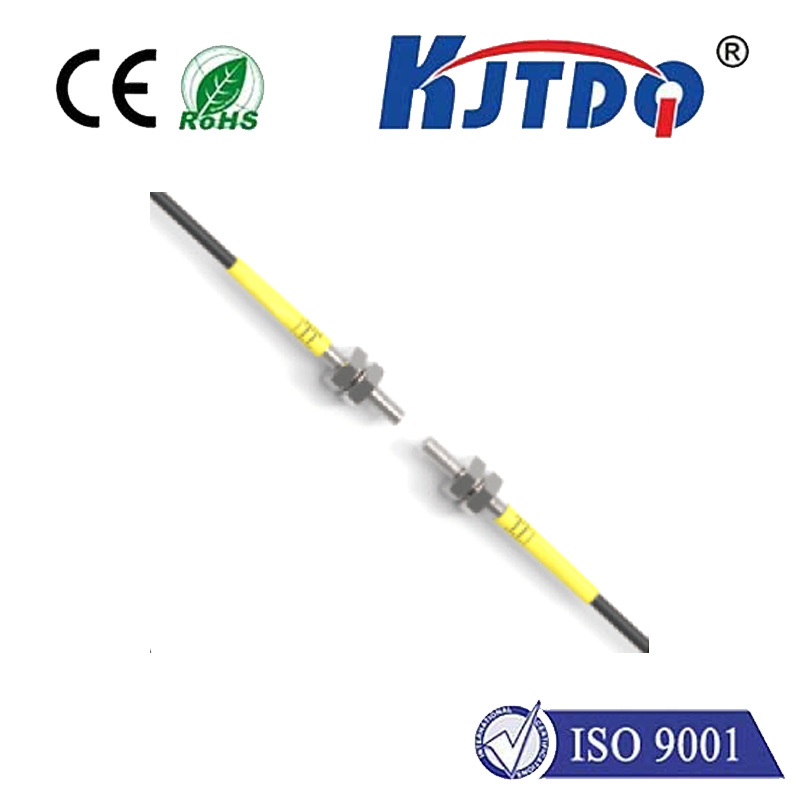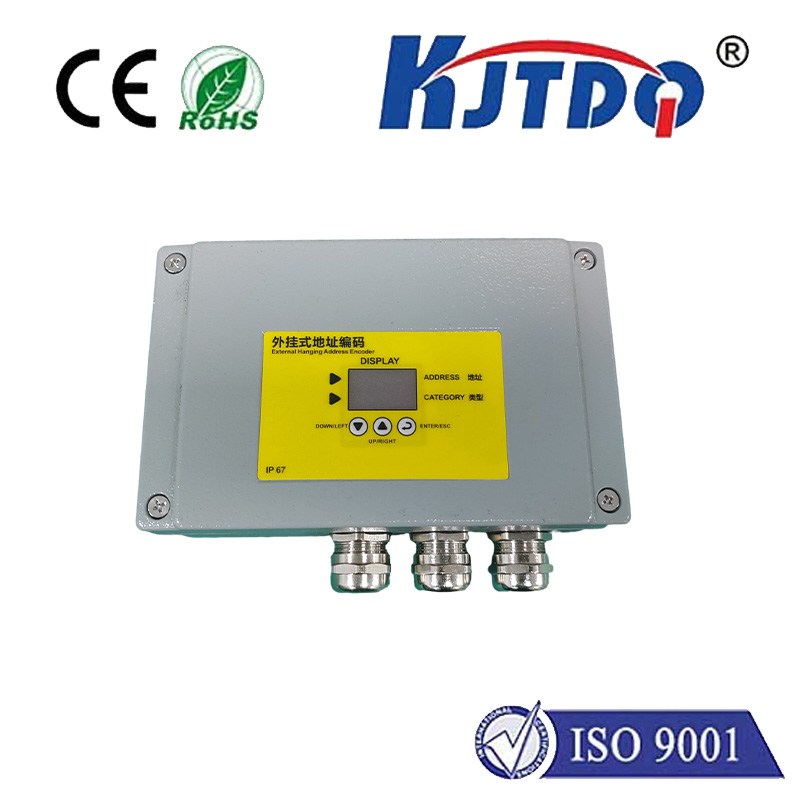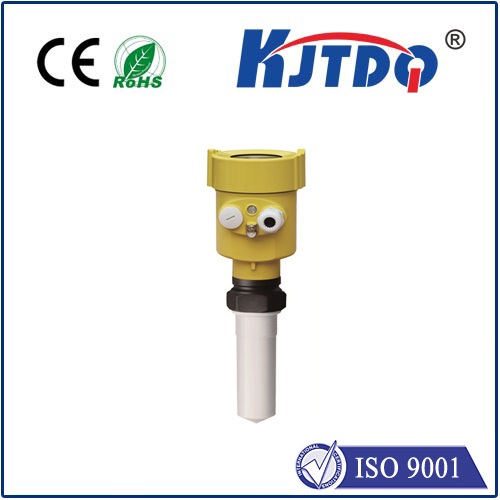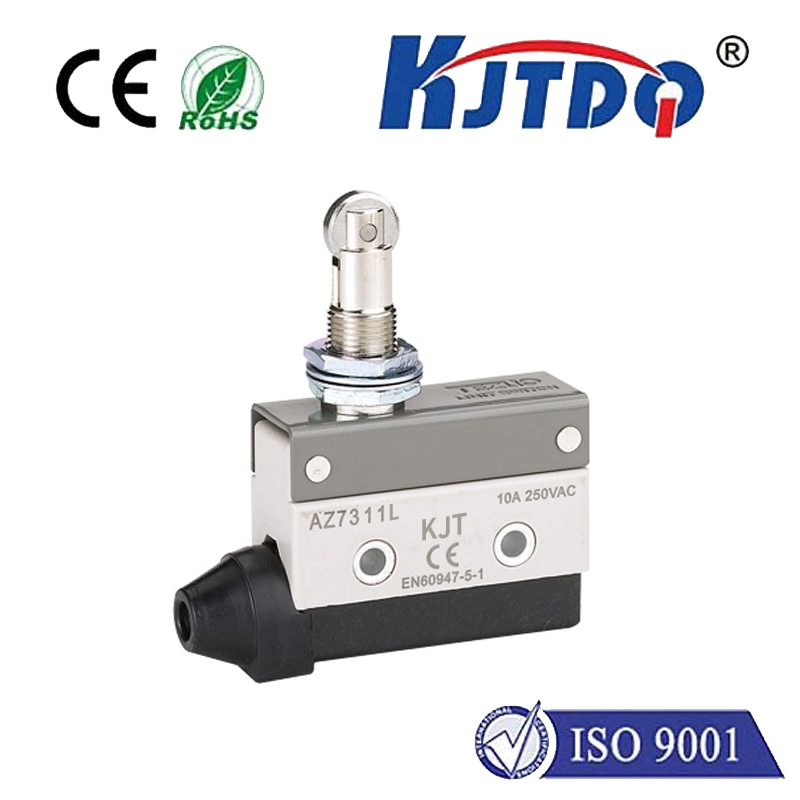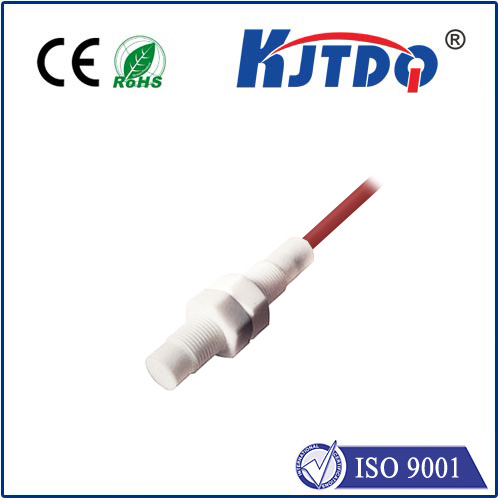thermostat sensors
- time:2025-08-21 03:15:11
- Нажмите:0
Thermostat Sensors: The Silent Heroes Revolutionizing Home Comfort and Efficiency
Imagine walking into a perfectly comfortable room after a long day – cool in the summer, cozy in winter, without a second thought. What makes this effortless comfort possible, often adjusting before you even notice a change? The answer lies not just in your thermostat itself, but in its often-overlooked technological sentinels: thermostat sensors. These tiny, sophisticated components are the true eyes, ears, and nervous system of your HVAC system, transforming a simple temperature dial into an intelligent hub for comfort and conservation.
Beyond the Basic Thermometer: What Are Thermostat Sensors?
Think of your thermostat as the brain, but it needs accurate data to make smart decisions. That’s precisely the role of thermostat sensors. While the most fundamental is the ambient temperature sensor, embedded within the thermostat housing, modern smart thermostats leverage a diverse array:
- Ambient Temperature Sensors: The core sensor measuring the air temperature immediately surrounding the thermostat unit.
- Remote Room Sensors: Small, wireless devices placed in key living areas (living room, bedroom, nursery) that report temperature (and sometimes occupancy/humidity) back to the main thermostat. This is crucial for combating hot or cold spots in multi-room homes. Understanding zoning through sensors is key here.
- Occupancy Sensors: Utilizing passive infrared (PIR) or other technologies to detect human presence or movement within a room. This allows the thermostat to adjust settings based on whether a space is actually being used (e.g., lowering heating/cooling in an empty room). Significant energy savings stem from occupancy awareness.
- Humidity Sensors: Measuring the moisture level in the air. This is vital because humidity significantly impacts perceived comfort (a humid 70°F feels much warmer than a dry 70°F). Some advanced systems can integrate humidifier or dehumidifier controls based on this data.
- Proximity Sensors: Detecting when someone approaches the thermostat, often triggering the display to light up for easier interaction.
- Light Sensors: Automatically adjusting the thermostat display’s brightness based on ambient light conditions.
The Real-World Impact: Why Sensor Accuracy and Placement Matter

The quality, calibration, and strategic placement of these sensors directly determine your system’s effectiveness:
- Combating “Thermostat Location Bias”: Many thermostats are installed in hallways, near kitchens, or in direct sunlight – locations notoriously poor for reflecting the true temperature of your main living spaces. Remote room sensors solve this by providing data from the rooms that matter most. This ensures comfort where you spend your time, not just where the thermostat happens to be mounted.
- True Zoning Without Ductwork: While formal HVAC zoning requires dampers and multiple control units, strategically placed remote sensors allow smart thermostats to approximate zoning. By prioritizing sensor readings in occupied rooms or averaging readings, the system works harder to condition the spaces you are actively using, enhancing comfort and efficiency simultaneously.
- Optimizing for Occupancy: Occupancy sensors prevent energy waste by allowing the thermostat to enter an energy-saving mode (like Eco or Away) when no one is detected in a specific zone or the whole home for a set period. Conversely, they can signal the system to resume comfort settings upon your return.
- Humidity Control for Health and Comfort: Humidity sensors enable thermostats to maintain an optimal humidity range (usually 30-50%). This isn’t just about comfort; it helps prevent mold growth, reduces dust mites, protects wood furniture, and can even make you feel cooler at slightly higher temperatures in summer.
- Enabling Smart Features: Features like geofencing (using your phone’s location to adjust settings as you leave/arrive) or sophisticated adaptive learning algorithms rely heavily on sensor data combined with user patterns. The more accurate and diverse the data, the better these features perform.
The Smart Thermostat Revolution: Where Sensors Shine
The integration of multiple, high-precision sensors is a hallmark of modern smart thermostats. Brands like Nest, Ecobee, and Honeywell leverage this technology to offer unprecedented control and insight:
- Multi-Room Averaging: Prioritizing or averaging temperatures from multiple remote sensors to create a balanced whole-home feel.
- Follow Me/Comfort Settings: Using occupancy data to focus conditioning efforts only on occupied spaces at the desired setpoint.
- Enhanced Geofencing: Occupancy sensors provide a backup or confirmation layer to phone-based geofencing, improving reliability.
- Detailed Energy Reports: Providing insights on runtime and efficiency, fundamentally driven by the temperature differentials and occupancy patterns detected by the sensors.
- Proactive Alerts: Some systems can alert you to potential HVAC issues (like a furnace struggling to reach a setpoint) or extreme temperature/humidity readings, often detected first by sensor anomalies. Protecting your investment starts with awareness.
Choosing and Utilizing Sensors Effectively
When selecting a smart thermostat, consider its sensor capabilities:
- Does it support remote room sensors? Essential for multi-story homes or those with significant temperature variations.
- What sensor types are included? (Humidity, occupancy).
- How many sensors can it connect? Ensure it fits your home’s layout.
Placement is equally critical:
- Place remote temperature sensors at chest height (around 5ft) away from drafts, direct sunlight, electronics, or vents.
- Position occupancy sensors to have a clear view of the primary movement areas within a room.
- Avoid placing sensors behind doors or furniture.
Conclusion: The Unseen Foundation of Smart Climate Control
Thermostat sensors are far more than just components; they are the indispensable foundation of responsive, efficient, and truly comfortable home climate control. By accurately gathering environmental data – temperature, occupancy, humidity – from the right locations, they empower your thermostat to make intelligent decisions that save energy, reduce bills, and elevate your everyday comfort. Investing in a system with robust, well-placed sensors is investing in the silent, continuous optimization of your home’s environment. The intelligence of your smart thermostat begins with the precision of its senses. Understanding thermostat sensor technology is key to unlocking a new level of home efficiency. Modern HVAC control hinges on accurate data collection.

